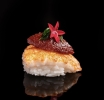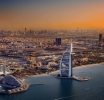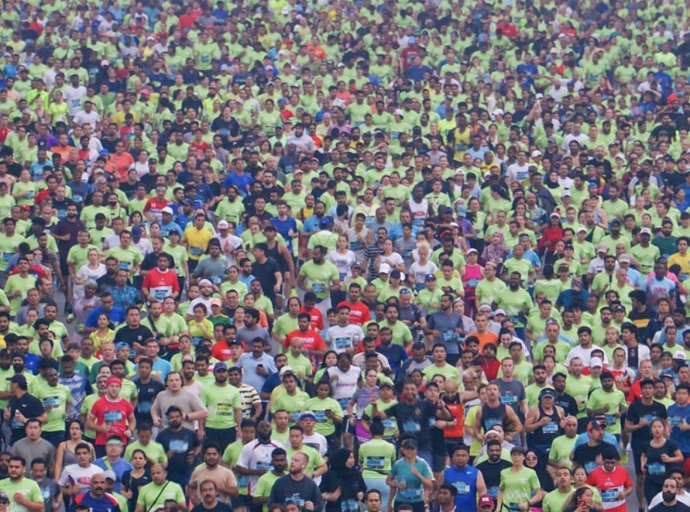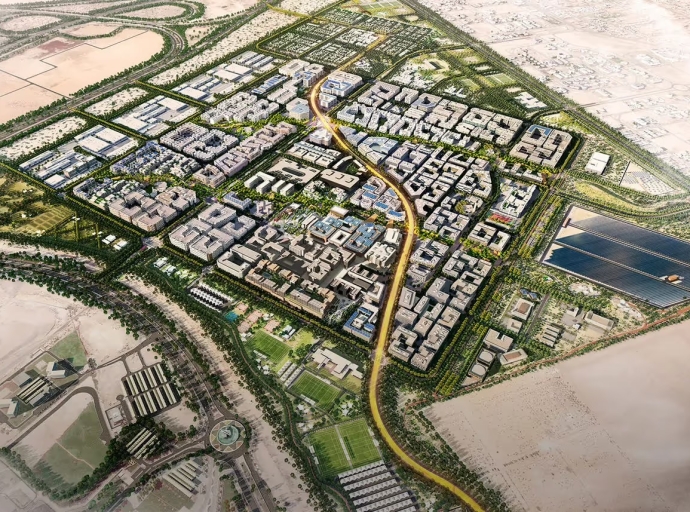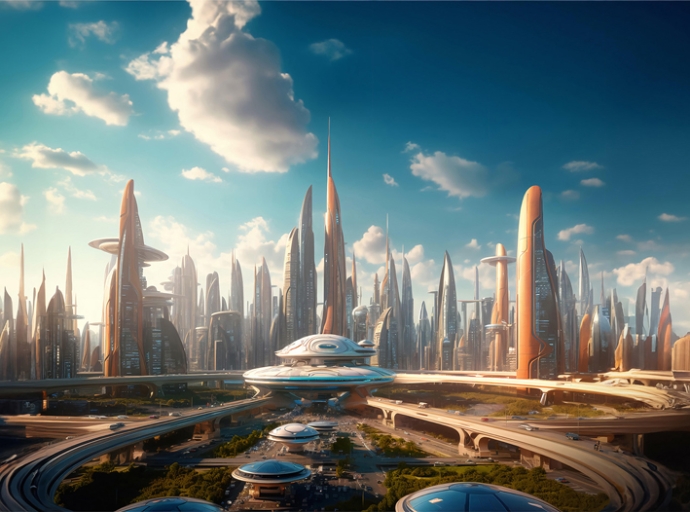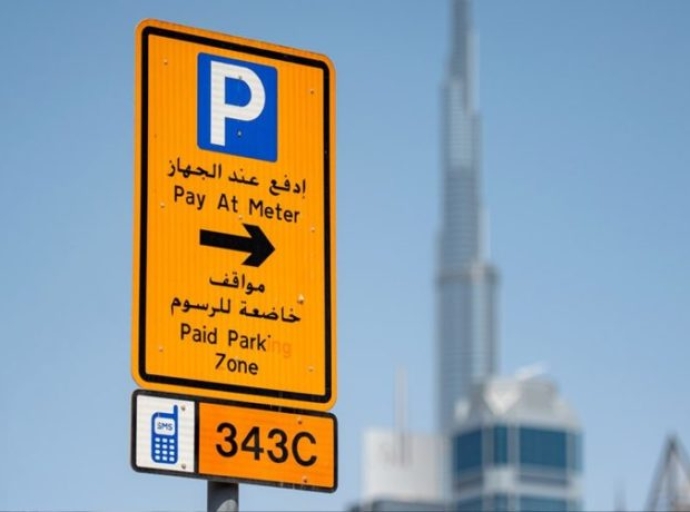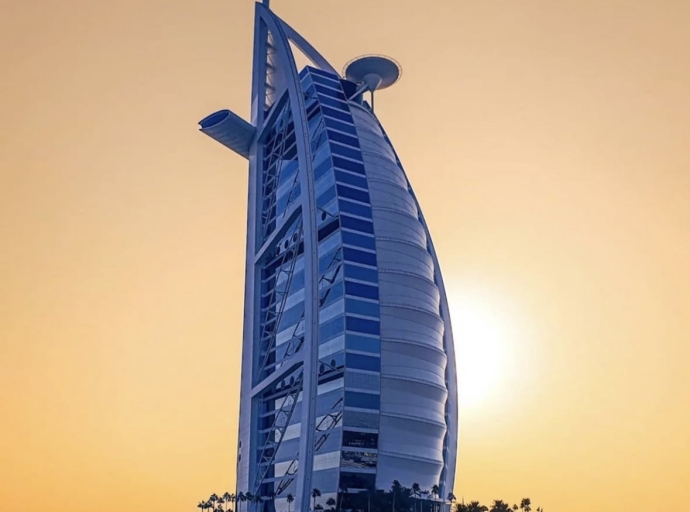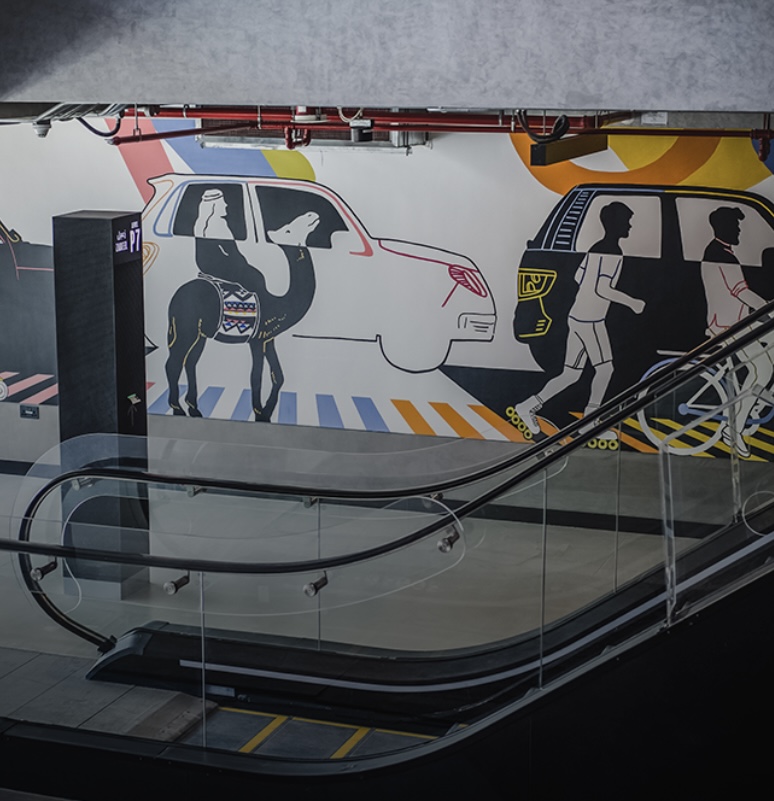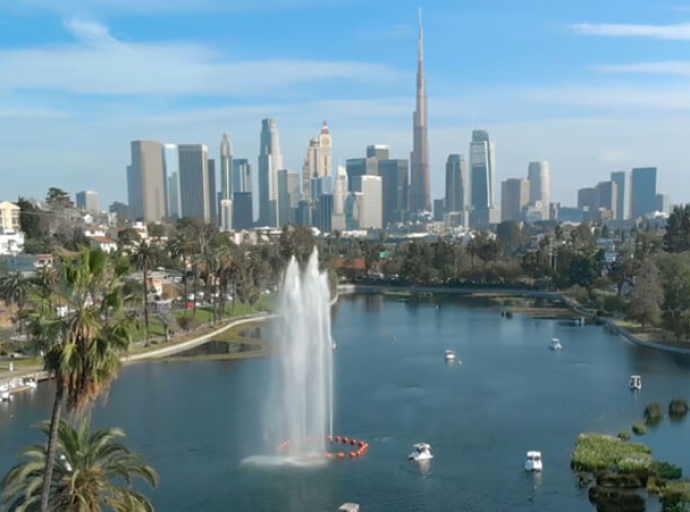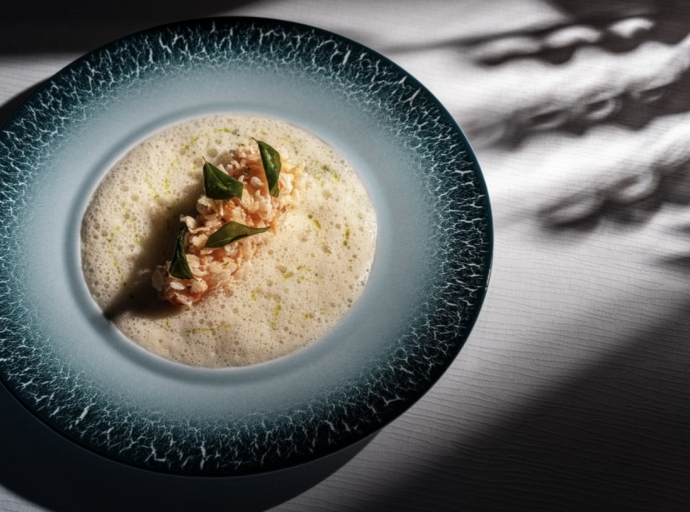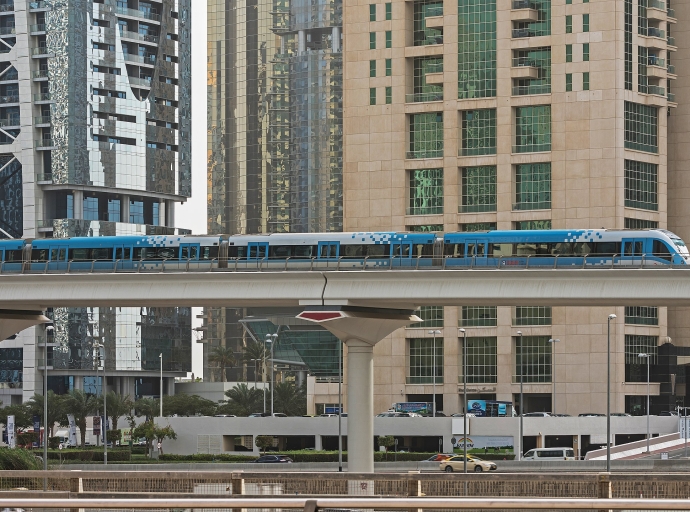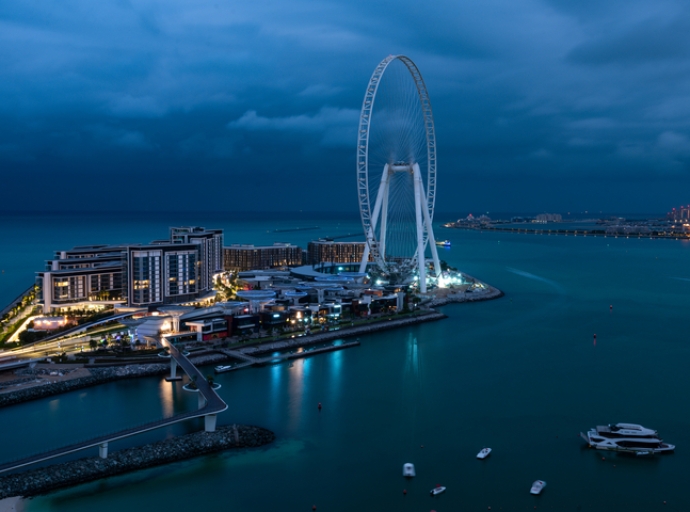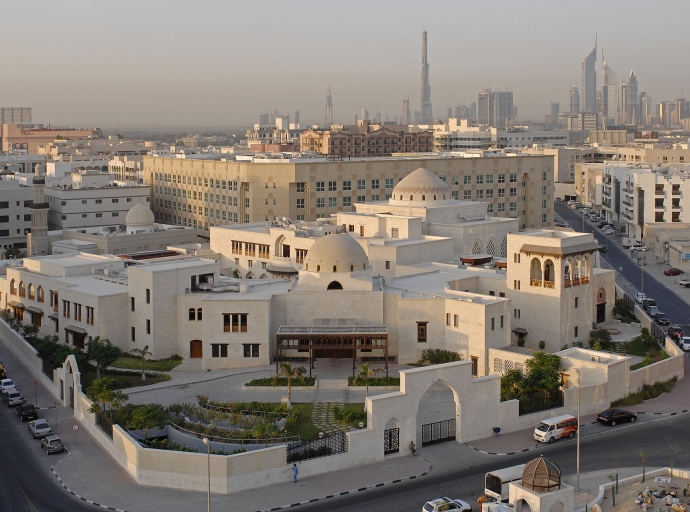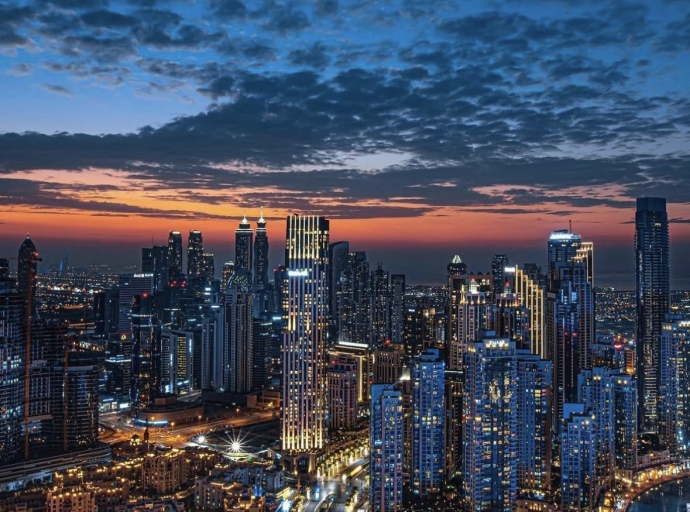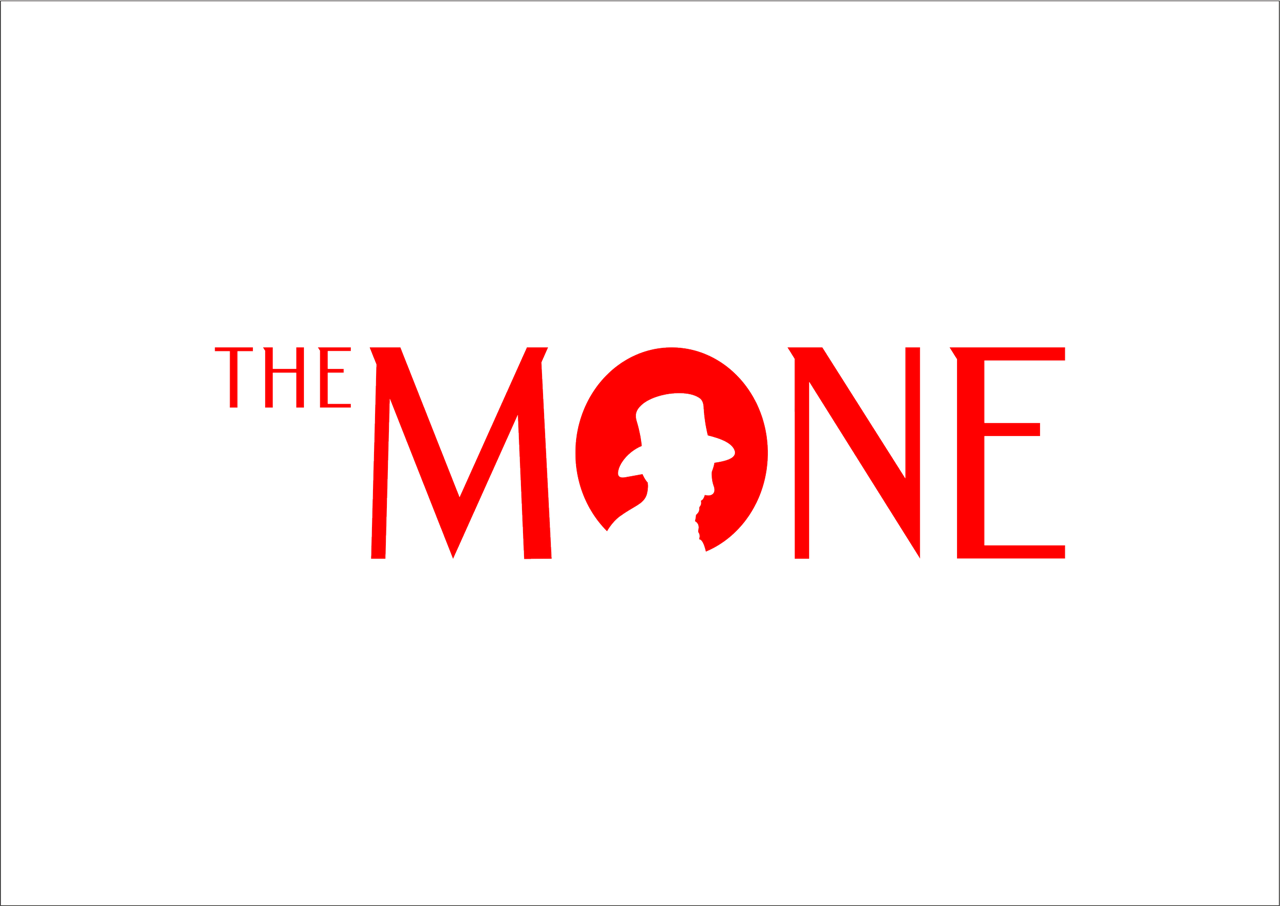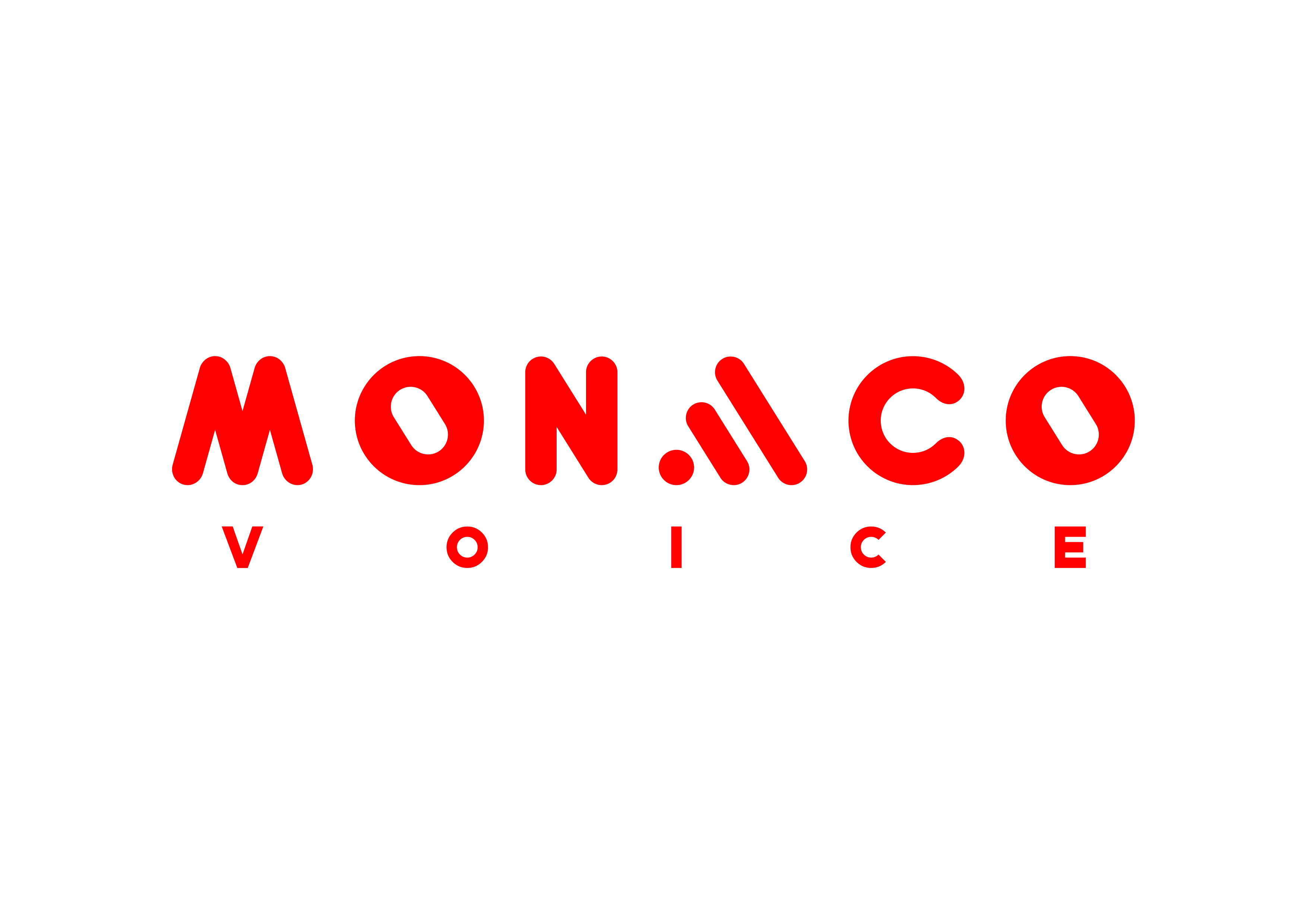Dubai presents a demographic profile unlike any other major city in the world. Approximately 92 percent of its population are expatriates, with Emirati nationals making up only about 8 percent. This reality defines the city’s social structure, economy, and global identity.
The largest expatriate communities originate from South Asia. Indians account for around 38 percent of Dubai’s population, followed by Pakistanis (17 percent), Bangladeshis (7 percent), and Filipinos (7 percent). These are joined by sizeable populations of Iranians, Egyptians, Syrians, and Western nationals from Europe and North America.
But these numbers are not just demographics - they are woven into the texture of everyday life. Dubai’s multicultural character is visible in its neighborhoods, where languages, cuisines, and cultures coexist across districts like Deira, Al Karama, and Al Barsha. Schools cater to dozens of national curricula. Workplaces bring together talent from every continent. Daily life is marked by extraordinary linguistic and cultural diversity.
This diversity has been central to Dubai’s economic success. The city’s private sector is powered almost entirely by foreign labor, from construction and logistics to finance and technology. More than 200 nationalities live and work in Dubai, and the city receives over 17 million international visitors annually, reinforcing its role as a global tourism and business hub.
Yet, Dubai’s demographic makeup also reflects its transience. Most residents live in the city on temporary work visas. Citizenship remains rare and highly restricted. Integration is limited not by social barriers, but by the structural nature of residency laws that tie presence in the city to employment or investment. In this way, Dubai operates less as a melting pot and more as a global crossroads - a place of opportunity, but not always of permanence.
Still, the result is a city that functions as a cultural and economic mosaic. Dubai’s strength lies in its ability to bring together people from vastly different backgrounds and, for a time, make them part of something shared. Its identity is not bound to any one nationality, but forged in its complexity.
Dubai is a city of transience - but one whose cultural complexity is enduring.
Photo credits: Dubai Instagram. Dubai Run


